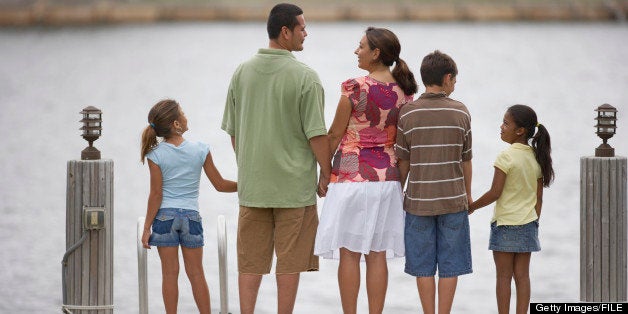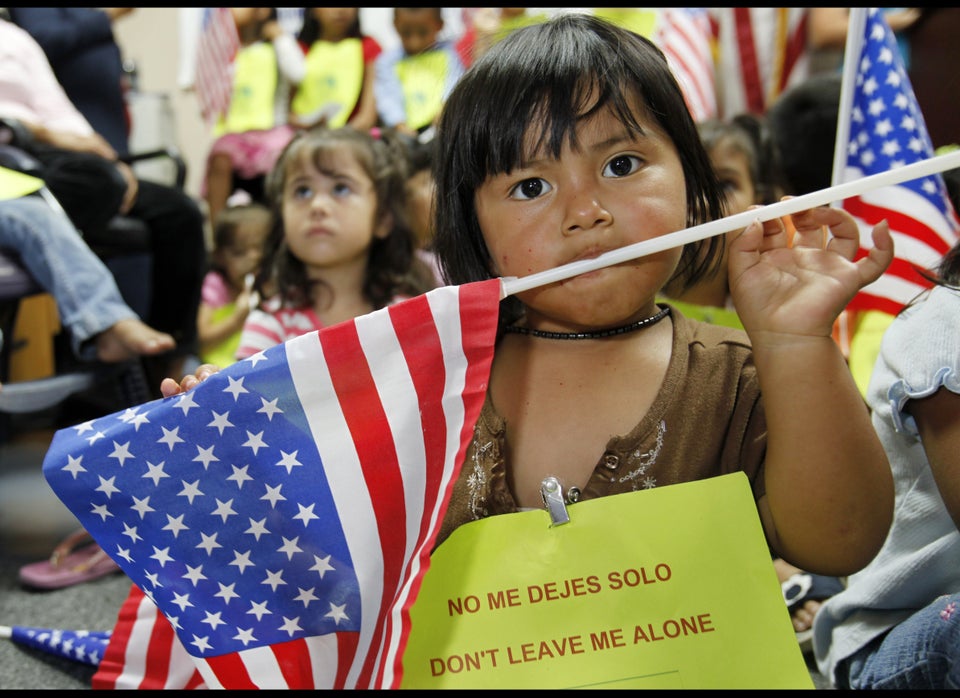
A historic number of Hispanic children are in the country’s foster care system, a dramatic change brought on by immigration and the assimilation of a growing Latino population into American society.
The record increase is in part also caused by families breaking apart by divorce or separations caused by incarcerations or deportations of one or both parents.
The startling phenomenon was documented by the child and youth welfare group that operates under the name The Chronicle of Social Change.
“The increase of Latino children in the child welfare system is likely due in part to a growing population of third generation Latino children, who are at greater risk of child welfare involvement than their first and second generation counterparts,” said researcher Alan Dettlaff of the University of Illinois, Chicago.
The best evidence of what has been happening to Hispanic children in foster care is in Los Angeles, where Latino children today make up 59 percent of the youth supervised by the county’s Department of Children and Family Services – up from 39 percent in 2000.
It is a particularly stunning development made even more glaring considering that although Hispanics make up only about half of the county’s population, they comprise about two thirds of the children in the county.
Researchers said that nationally there is a similar tragic finding of an unusually large number of Hispanic children in foster care.
In 1995, only 10 percent of Hispanic children in the country were in the foster home care system. By 2010, that figure had risen to 21.4 percent, startling considering that Latinos make up only 16 percent of the national total population.
A 2007 study by the Urban Institute found that children of second and third generation Latinos were more likely to end up in foster care than those of immigrant parents.
“Latino immigrant children, most of them Mexican, made up one percent of Texas’ foster care population, but seven percent of the total population,” that study reported.
“The children of immigrants (second generation) represented eight percent of the foster care population and accounted for 20 percent of the total child population in Texas.
“(But) by the third generation, Latino children had gone from a marked under representation to steep overrepresentation.”
Children born to Hispanic citizens made up 33 percent of the foster care population in Texas, the study found, even though they comprise only 22 percent of Texas’ overall child population.
Assimilation and acculturation into the American society, these reports have generally concluded, are not usually the panacea to these families staying together.
“Despite cross generational gains in economic integration, there are negative consequences to integration,” Dettlaff wrote in a 2009 study. “Drug abuse, bad parenting skills, recent history of arrest and high family stress, all those things are more likely in U.S.-born Latino families than foreign born families.”
This article originally appeared on VOXXI under the title "Latino Children Tragically Boom In Foster Care."
